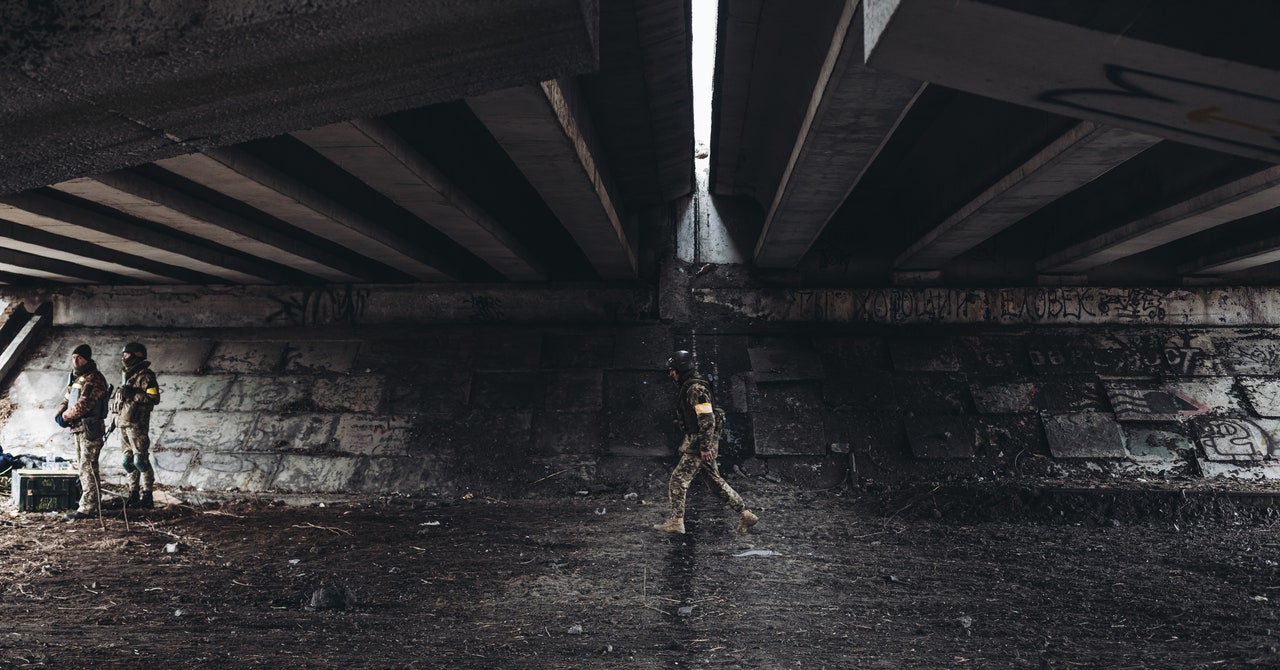
Two weeks ago, Russian forces seized control of the defunct Chernobyl, once the site of the world’s worst nuclear meltdown, and Zaporizhzhia, Europe’s biggest active nuclear power plant, raising concerns of nuclear risks in the middle of a war zone.
Although Chernobyl’s last reactor went offline in 2000, the site now serves as a nuclear waste storage facility—and a highly contaminated one. The situation there is deteriorating; the facility lost power on Wednesday, and backup diesel generators have only enough fuel for two days. The 210 technical personnel and guards have not been allowed to rotate out to rest. The UN’s International Atomic Energy Agency, which promotes the peaceful use of nuclear energy and prevents nuclear weapon proliferation, says it lost contact with Chernobyl’s radiation monitoring systems on Tuesday. Unless officials can restore power, experts fear Chernobyl could once again become the site of a nuclear calamity.
“To have a long-term loss of power is certainly a concern,” says Ed Lyman, a senior global security scientist at the Union of Concerned Scientists and coauthor of the book Fukushima: The Story of a Nuclear Disaster. Some of Chernobyl’s waste has been transferred into dry casks, but considerable quantities of fuel rods remain in a pool that requires cooling. That’s where the biggest risks currently are. “Without electrical power to the cooling pumps, the spent fuel pool will start heating up,” Lyman says. Water will gradually evaporate or boil away, exposing the fuel rods and releasing radioactive gasses.
Chernobyl’s New Safe Confinement structure also needs electricity. This is the facility built around the concrete “sarcophagus” that surrounds what’s left of the damaged reactor Number Four, which melted down in the 1986 disaster. The confinement structure’s ventilation system must run to prevent the exposed nuclear fuel within it from becoming more hazardous. Without power, the site’s 1.5-billion-euro decommissioning program could be imperiled, Claire Corkhill, an expert on nuclear material degradation at the University of Sheffield in the United Kingdom, wrote on Twitter and in an email to WIRED.
Some experts worry more about the personnel, who haven’t been able to leave after their shifts, which normally would have ended two weeks ago. “I’m concerned about the poor and heroic staff workers, and whether they’re in a good mental state to run all the equipment,” says Ferenc Dalnoki-Veress, a scientist-in-residence and nuclear physicist at the Middlebury Institute of International Studies at Monterey. He likened them to stressed and sleep-deprived passenger jet pilots flying in a combat zone. “You wouldn’t want to be flying in that airplane,” he says.
Not everyone agrees on the level of danger now posed by Chernobyl. Lyman estimates that if the cooling system isn’t running the way it’s supposed to, there’s a window of at least a couple of weeks before the threat of meltdown arises. Dalnoki-Veress thinks it might be months until the risk becomes high. On Wednesday, Rafael Mariano Grossi, director-general of the IAEA, tweeted that so far there is “no critical impact on safety,” although in a press statement the agency said that “the lack of power is likely to lead to a further deterioration of operational radiation safety at the site.” But on the same day, Ukrainian foreign minister Dmitro Kuleba wrote on Twitter that the limited power to cooling systems makes “radiation leaks imminent.”


